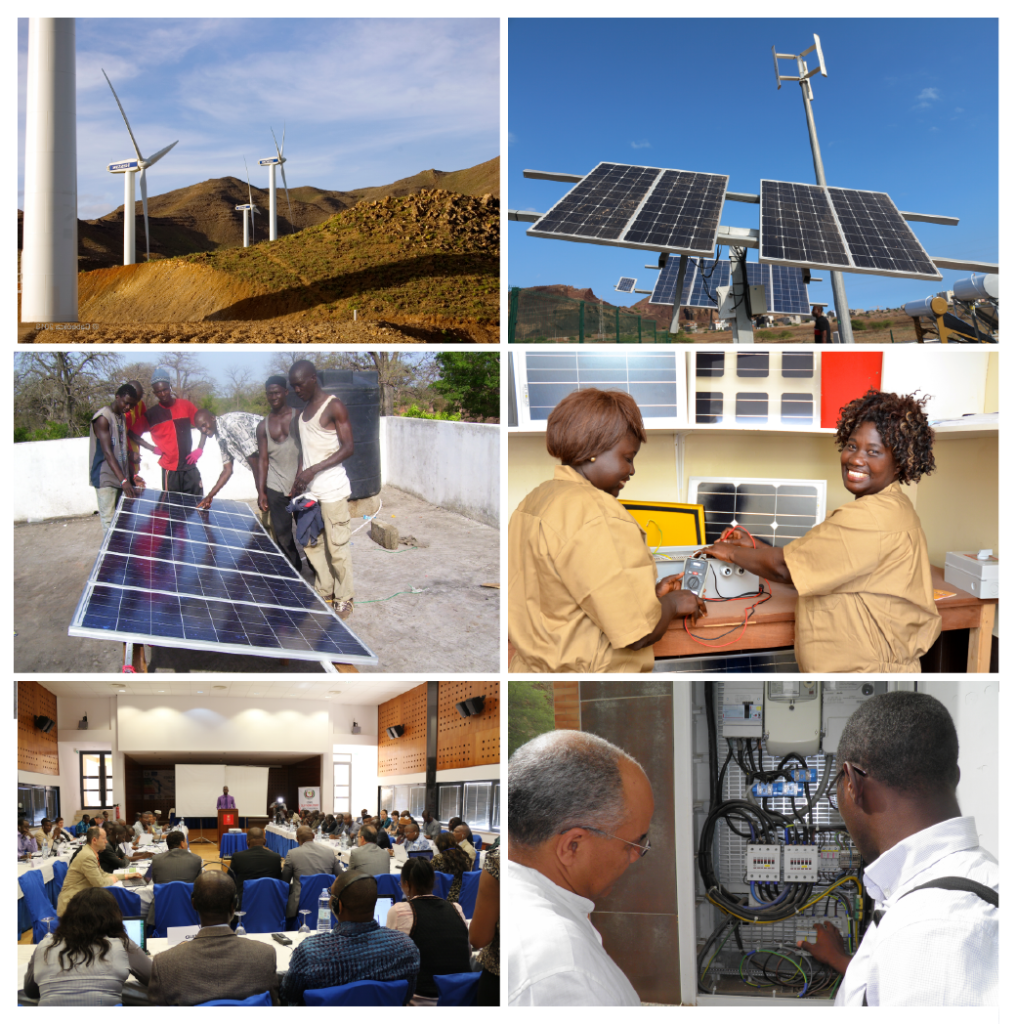 Increased use of renewable energy and efficiency in the utilization of energy generally, continues to be at the heart of the goal of the Economic Community of West African States (ECOWAS)’ Renewable Energy plans for today and projections for the future. Increased use of renewable energy and efficiency in the utilization of energy generally, continues to be at the heart of the goal of the Economic Community of West African States (ECOWAS)’ Renewable Energy plans for today and projections for the future.
This goal which is to bring about sustainable energy development in the West African region, also envisages energy access and security as ECOWAS races past the 40th anniversary milestone.
In ensuring a firm commitment to its mandate, ECREEE Secretariat has said that its Sustainable Energy for All (SE4ALL), would continue to run alongside the coordination and implementation of regional policies in assisting the ECOWAS Member States to develop their respective National Action Plans.
ECREEE is also actively mobilizing resources that will promote investments in clean, efficient and renewable energy technologies. Its investment programme is being implemented in two major initiatives: the ECOWAS RE Facility (EREF) and the ECOWAS Renewable Energy Investment Initiative (EREI).
According to an ECREEE factsheet, through the national action plan process, Member States are expected to institutionalize actions that promote investments in sustainable energy services. The development and execution of the regional policies are being supported by the United Nations Industrial Development Organization (UNIDO), the European Commission, the Governments of Austria, Spain and Germany, as well as the GEF Strategic Programme for West Africa (GEF-SPWA).
It would be recalled that ECREEE won an Energy Facility project from the European Union (EU) to implement an ambitious rural electrification program in 40 villages with solar mini-grids in the southeast of Senegal, particularly in Ziguinchor, Kolda and Tambacounda. The project will go a long way in increasing access to electricity and boosting socio-economic development in a region that has the lowest income and electrification rates in Senegal. The 8.9 million Euro project is being co-financed by the EU to the tune of 6.4 million Euros.
The tangibles of ECREEE’s work is gradually being felt in parts of West Africa. As the implementing agency for the GEF-UNIDO project, ECREEE is Promoting market based development of small to medium scale renewable energy systems in Cabo Verde”. The project supports sustainable development in Cabo Verde through the creation of market conditions conducive for the development of small to medium-scale renewable energy systems in line with national energy policy objectives of making the country less dependent on imported fossil fuels.
Similarly, a UNIDO/ECREEE-GEF project has been established to increase renewable energy in the electricity sector of Guinea-Bissau. The project will promote the installation of 2.5 MW renewable energy generation capacity and foster the development of a National Renewable Energy Investment Plan.
In the area of capacity development, ECREEE is building the capacity of market-enablers and players to develop and implement renewable energy and energy efficiency investments programs in the ECOWAS Region. ECREEE is currently implementing several train-the-trainer (TTT) programmes for a number of relevant renewable energy tools, such as Ret Screen and the hybrid optimization model for electric renewables (HOMER).
The Praia based Centre has also developed, and now manages the ECOWAS Observatory for Renewable Energy and Energy Efficiency (ECOWREX). The web-based portal provides decision-makers, project developers, investors and other marked enablers, tailored information, data and planning strategies.
Heads of stats of the Authority of ECOWAS Heads of State and Government had in July 2013, adopted two ground-breaking initiatives – the ECOWAS Renewable Energy Policy (EREP), which is meant to increase the share of renewable energy in the region’s overall electricity mix to 35% in 2020 and 48% in 2030; and the ECOWAS Energy Efficiency Policy (EEEP), which aims to implement measures that free 2000 MW of power generation capacity and in the long term, more than double the annual improvement in energy efficiency. |




